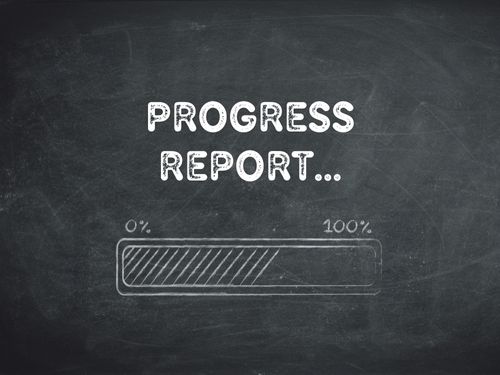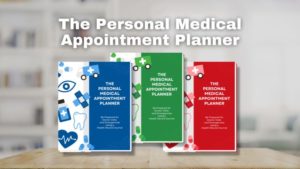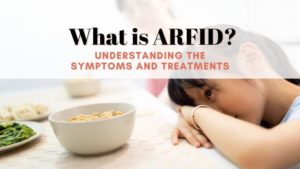We’ve been battling two different conditions of PANS and ARFID at the same time. One progresses forward and then the other goes back. Treatment for ARFID is now requiring that he abandon the successful treatment for PANS.
So my son had his fourth IVIG for PANS back in June. He has had only minimal side effects as we figured out which meds were needed with it and how much IV hydration worked best. The worst was just a bad headache and feeling very fatigued. But now they are minimal and last only a few days.
From about April, I noticed that he wasn’t eating as much. Despite gaining enough weight in 2020 with inpatient treatment, his ARFID (Avoidant Restrictive Food Intake Disorder) has not really changed. He continues to eat just a few different brand-specific foods each day. This has been his whole life. While some of the foods have changed over the years, he mainly eats the same things every day with some rotation every few months to years. One of his foods was the same for eight years!
So now he is losing weight again. I brought him to a sensory speech therapist to again assess his oral motor function, and it was deemed that his case was too severe for this extremely “seasoned” therapist. (Seasoned was her word and I liked it so much that I have been using it to describe my own experience as a physical therapist!). We have been referred to The Star Institute in Denver. They treat feeding disorders and sensory disorders among other things. Unfortunately, it’s out of our insurance network and very expensive. We have done the intake and have appointments for later this year that we may or may not do depending on a slew of other issues.
Losing weight with ARFID
But then, my son let me know that he wanted to go back to a residential-level treatment for ARFID. His weight loss was accelerating and he didn’t want to go backward. For this alone, I am so proud of his progress with everything he has been through. The fact that he recognized what he needed to do for himself and asked for help is a HUGE step!
I again contacted the National Alliance for Eating Disorders and asked for an updated list of facilities that treat ARFID, are in-network for my insurance, and will treat adult males. It narrows the list considerably.
Finding treatment for ARFID
After calling each to confirm their program is for Adult ARFID treatment the list slimmed down to two places from the four on the list. We set up intakes for both. He was going to do the intake interviews without me. I gave him two questions that I wanted him to ask during both interviews. I told him to add his own questions so that he has the information he wanted to compare the two. I told him that ultimately it was up to him to decide which he would go to.
One of the questions he asked was about the availability to cook and get comfortable cooking his own food. One facility said no and the other said yes! This apparently was important to him and so he narrowed it down to one place.
The waitlist was about three weeks out. He just had the fourth IVIG and I noticed that he was more interactive. A year ago he never would have been able to make a big decision about which treatment facility to go to. But something had definitely changed. Just a slight shift. About a week before we left, he was telling me that he started coding again. And that he wanted to sign up for a computer language class!
This is definitely a big shift for him! I truly felt that IVIG was starting to help. But he won’t be able to continue IVIG at the eating disorder facility. It would have to wait. I am just hoping that his progress holds and doesn’t slide backward during the lapse.
I have heard from many who said that the magic number was somewhere between three and five IVIG treatments to make progress. And then needed several more to make it last.
For now, he is getting the help he needs to eat. Let’s hope that delaying IVIG won’t cause issues with all his other diagnoses. Our healthcare system will only let you treat one thing at a time. But that’s for another discussion…




